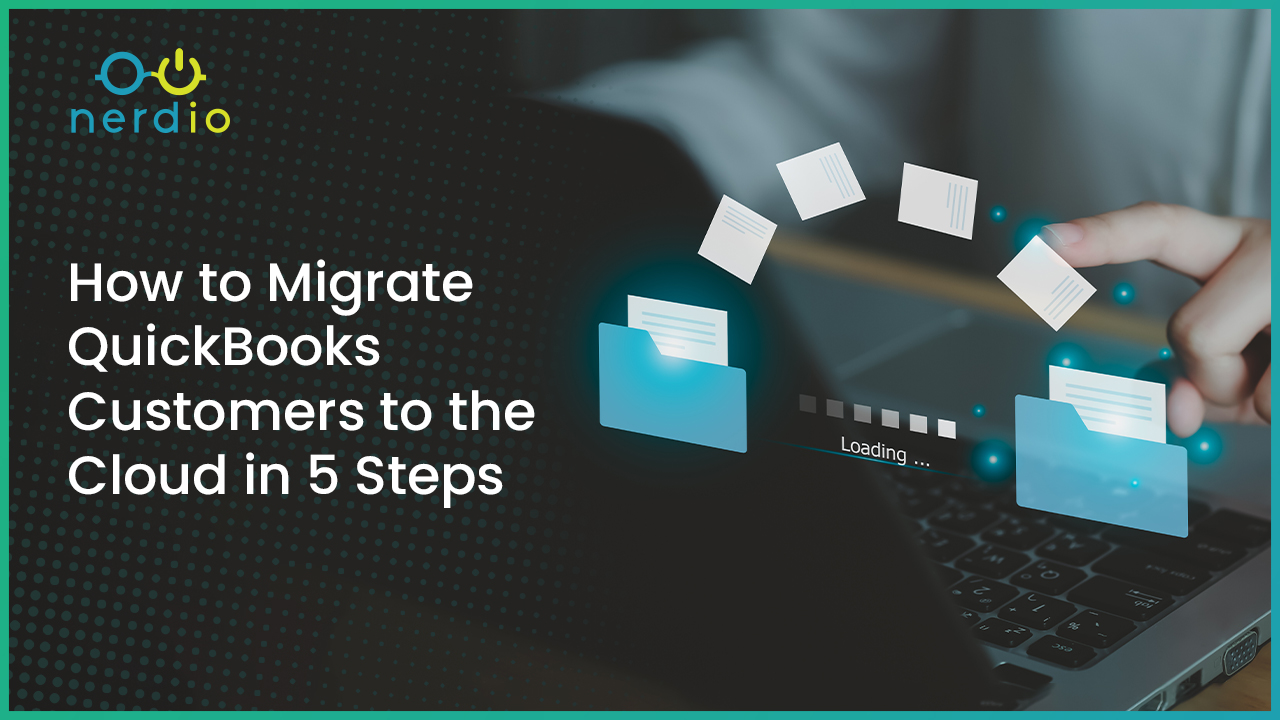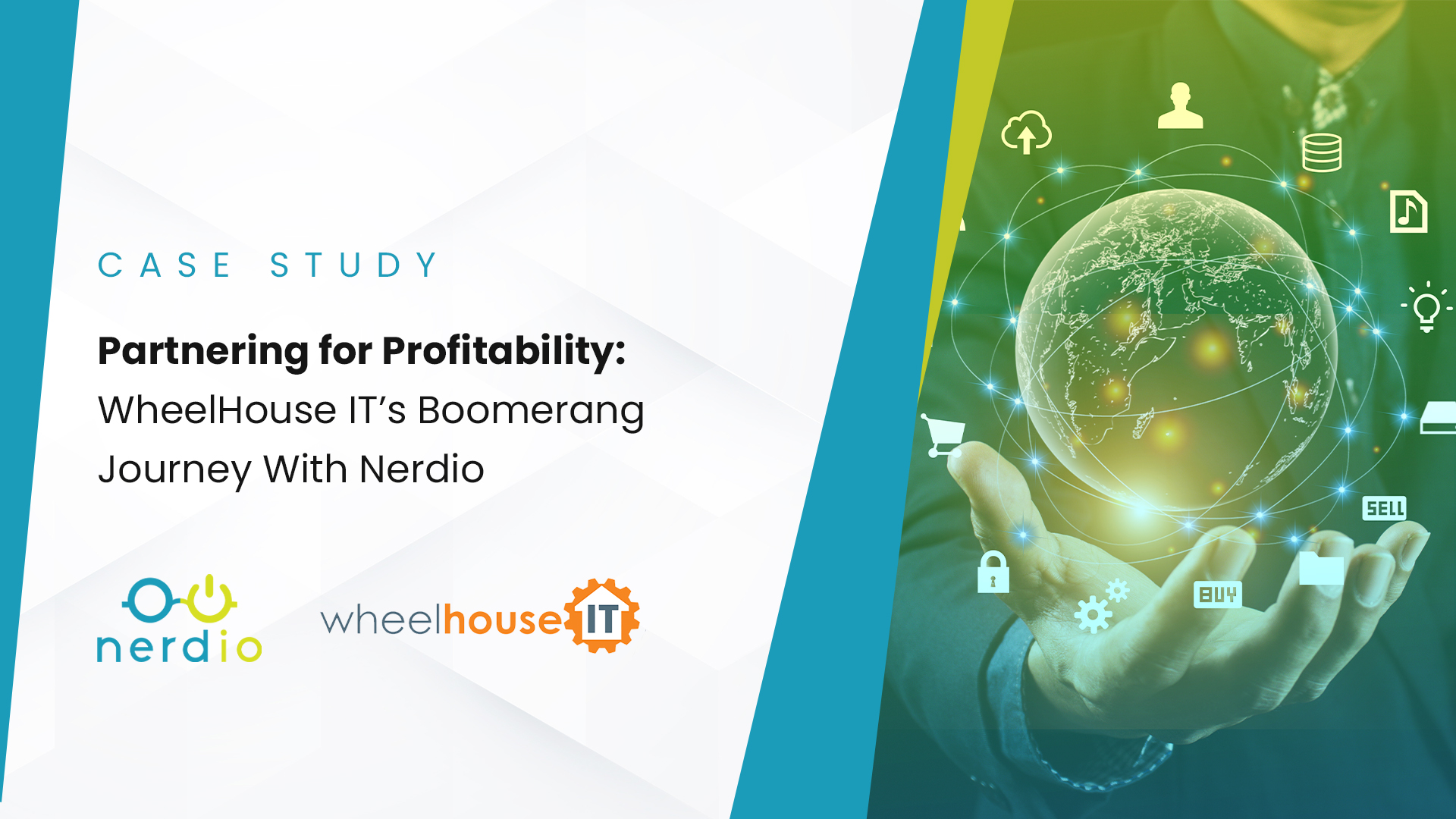As an EUC specialist with over two decades of experience, mostly catered on Microsoft technologies, the conversation surrounding the cost of VDI solutions is one I know well. With legacy on-premises VDI solutions, cost concerns around implementation and ongoing maintenance were extremely valid. However, Microsoft’s cloud VDI service – Azure Virtual Desktop – has dispelled many prior blockers to affordable and effective VDI and DaaS.
Which is why I want to share the importance of a growing discipline called FinOps and how enacting FinOps best practices in conjunction with Azure and AVD, can help your organization achieve more with your Microsoft investments.
What Is FinOps?
FinOps is a discipline that focuses on optimizing and managing the financial aspects of cloud computing. This includes activities such as analyzing and reducing cloud expenses, maximizing cost-efficiency, and improving the overall return on investment (ROI) of cloud services.
Here is a great diagram by the FinOps Foundation that provides more context into the domains, phases, principles, and personas of FinOps.

Source Attribution: FinOps Foundation
Benefits of FinOps
According to McKinsey, organizations that use FinOps effectively can reduce cloud costs by as much as 20 to 30 percent.
FinOps is most effective when organizations implement it from the start of their cloud journey. But using it at just about any point during a company’s cloud migration journey delivers significant benefits. The three core pillars or phases of FinOps are inform, optimize, and operate. These are depicted in the diagram above. All relate to important motions for cloud cost visibility, cloud cost optimization, and continuous improvement of cloud cost management.
Here are just a few of the top-level benefits of FinOps for organizations:
- Lower cloud costs and maximize cloud investment and licensing
- Maximize IT infrastructure and resources by accurately understanding cloud usage and costs
- Empower cross-functional teams to make decisions using real-time analytics, anomaly management, and data trends based on actual usage
- Support and report on progress toward larger organizational initiatives like ESG, hybrid and flexible work, etc.
Lastly, I want to recap some illuminating recent statistics from CloudBolt. These are based on a survey of 500 executives, engineers, and developers at companies with over 5,000 employees in the US, Canada, the UK, and Australia.
- More than 4 in 5 companies (82%) now have a formal FinOps team in place (and another 16% are actively considering adding one)
- Almost half of existing FinOps teams (44%) were formed 12 months ago or less.
- 71% of respondents said funding for FinOps (including people and technology) increased in 2023.
- 58% of organizations report FinOps KPIs and metrics are now being reported to the C-Suite or Board of Directors
- 89% of respondents view FinOps as the silver bullet for reining in the complexity of cloud cost management.
- 68% of respondents highlight the importance of FinOps within their organization’s strategic priorities for 2023.
- 71% indicate that achieving this year’s IT goals without a FinOps practice would pose a significant challenge.
- 74% say that FinOps is now as important as traditional IT-related areas including ITOps, DevOps, SecOps, and other common disciplines.
Challenges Facing FinOps Teams
Some of the common challenges faced by FinOps teams include:
- Getting engineers to take action on cloud cost optimization
- Dealing with shared costs and allocating them to the right units
- Accurate forecasting and budgeting of cloud costs
- Reducing waste or unused resources
- Aligning finance and tech teams on cloud cost policies and governance
- Managing container costs and other non-IaaS costs
- Measuring unit economics and cloud value.
Other common mistakes made include, not establishing mature cloud financial management practices early on, not involving business executives early enough in the process, and not aligning FinOps with business needs and outcomes. However, by getting your FinOps strategy right, you can reduce costs, improve the performance of your applications and services, and increase your overall competitiveness.
Leveraging Microsoft Azure for FinOps
When implementing FinOps, it is important to follow best practices throughout your crawl, walk, and run journey. You can use Azure solutions to implement FinOps best practices and help your team grow in scale, scope, and complexity with a comprehensive set of Azure products and services that are flexible and reliable.
Microsoft has an Azure FinOps Guide that centralizes Azure FinOps information and tools to enable a better understanding and optimization of cloud costs. The main purpose of this guide is to help customers ‘do more with less’ by identifying cost-saving opportunities, optimizing cloud efficiency, and gaining a better understanding and control of cloud costs. This also allows customers to leverage Azure products and services to implement FinOps best practices throughout your crawl, walk, and run journey. For example, you can use Microsoft Cost Management to monitor, allocate, and optimize cloud costs with transparency, accuracy, and efficiency.
How FinOps Improves Cloud VDI Management
Through FinOps, companies gain visibility into their cloud VDI spending and usage patterns. This allows them to make informed decisions about users’ behaviour, security, the option of deploying new services or modifying existing ones based on cost and performance data aligned to user requirements.
Tools like Nerdio Manager for Enterprise play a critical role in Finops management from visibility through to cross charging. On average, Nerdio helps organizations save 50-75% on Azure compute and storage compared to unoptimized environments. Adopting structured FinOps practices relating to infrastructure workloads like cloud VDI helps bring senior leaders together with IT, Finance, and lines of business. They are now all unitedly focussed on the best outcome for the business rather than acting in isolation as an IT concern. When business aligns behind Finops practices it breeds confidence, control and accountability across the organisation allowing productivity to flourish.
Additional Resources
My team and I are always happy to help organizations achieve better outcomes when it comes to their cloud investments and strategies! In addition to the resources below, you can contact us with any questions or to discuss any specific Azure or AVD cost challenges you may be experiencing.
- The Azure FinOps Guide – techcommunity.microsoft.com. https://techcommunity.microsoft.com/t5/fasttrack-for-azure/the-azure-finops-guide/ba-p/3704132.
- FinOps Solutions – Cloud Cost Optimization l Microsoft Azure. https://azure.microsoft.com/en-gb/solutions/finops.
- Azure Virtual Desktop pricing | Microsoft Azure. https://azure.microsoft.com/en-gb/pricing/details/virtual-desktop/
- How to use FinOps to get the most value from cloud | McKinsey https://www.mckinsey.com/capabilities/mckinsey-digital/our-insights/the-finops-way-how-to-avoid-the-pitfalls-to-realizing-clouds-value.
- FinOps Foundation – What is FinOps? https://www.finops.org/introduction/what-is-finops/
- CIODive (CloudBolt FinOps Report) https://www.ciodive.com/press-release/20230622-new-research-gives-weight-to-the-finops-paradox-adoption-is-massive-yet-im/







